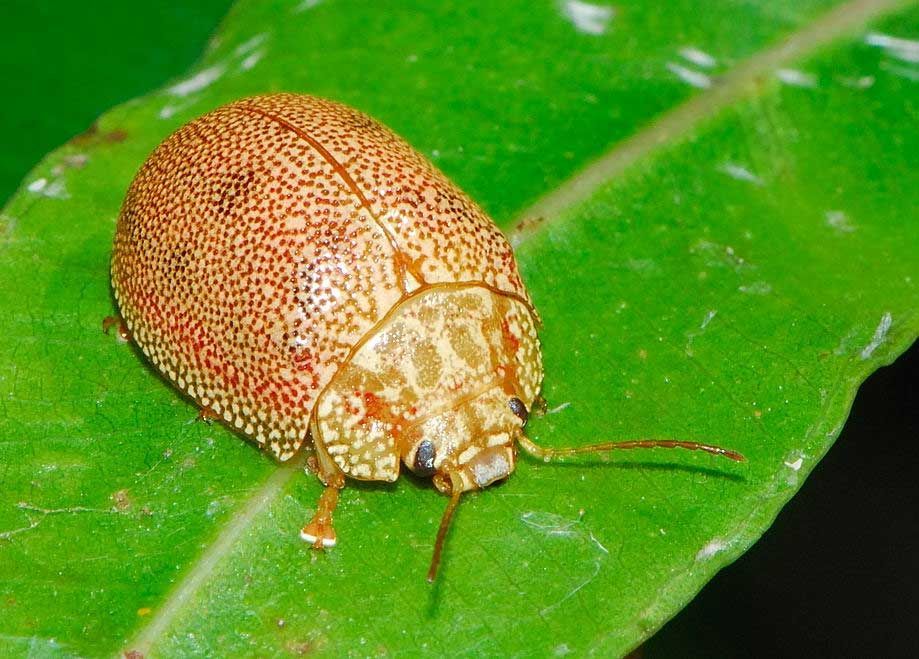Tree Life Investigator: Vol. Two -Tree Snatchers
My duties as a tree consultant include being hyper-aware of how trees respond to human activity around the county, in general. For example, it's important that I notice if a particular species is exhibiting symptoms of a widespread problem, such as insect infestation or foliar disease. Or as another example, it might be equally important for me to understand how different collection of tree populations are affected by certain pruning methods. Insight that I might glean from potentially any property could be shared with a client or implemented on a project. Therefore, I am always looking at trees closely wherever I go. It's a TreeLife for me.
Because I'm on the road much of many days, I use this as an opportunity to look at trees while traveling routine routes. Truly, I get to know all the varieties of trees along the I-15 and 78 freeway, and even keep an eye out for tree hazards along the CalTrans right-of-way.
There are a many remnant Eucalypti that peak my curiosity. Though they are generally not planted these days, they will always be an emblematic and stately tree, for me. Long ago, they were selected for their hardiness and planned usefulness, but times have changed and now they're neglected and even despised. Then one day, I noticed that a particular type of Eucalypti had been pruned in locations that I knew had no tree budget, and thus, no tree maintenance monies to use for pruning.
I was puzzled by signs that random silver dollar gums (Eucalyptus polyanthemos) had been stripped of foliage while nearby red gum (Eucalyptus camaldulensis) were untouched, with branches still overhanging the roadway. Even if there was a budget, I thought to myself, why did tree crews prune the wrong trees?
Using my arbor-investigator skills, I considered dozens of scenarios that would satisfy this mystery. This thought process went through my mental computer for weeks, yet I was stumped every time.
Then the answer presented itself over the course of a month. Heading eastbound on the 78 I saw a nondescript, middle-aged man wearing everyday clothes and carrying a mass of Eucalyptus branch clippings on his back. He was walking up the embankment along the side of the freeway, heading to the offramp intersection. He was not with a tree company because there were no cones or identifiable trucks in sight. And based on his appearance and attire, he was not employed.
On another occasion a couple weeks later, I was stopped at a light on El Norte Parkway, just west of the I-15, waiting for it to turn green. Up on the embankment of the offramp to my left, behind almost shoulder-high acacia bushes, was a young woman moving around in the space between the bushes and barricade. I looked closer and noticed that she was wearing a tank top, and had her hair tied up in a bun. She was pretty and well-kept, and clearly not homeless. Just as my light turned green I saw her grabbing at bunch of branch clippings laying on top of the acacia bushes. She had a pile neatly stacked and was finishing cleaning up.
And then the theory popped into my mind. Maybe it was the flower shops around the county, wittingly or unwittingly, hiring unpaid and unskilled workers to collect material for their arrangements. You, the inquiring reader, may not know this, but most floral arrangements contain Eucalyptus clippings to add texture and content.
Eucalyptus clippings would be something that they would ordinarily have to buy from specialized growers, from farms that I've seen in the eastern portions of the county. Yes, there are small collectives in rural areas that specifically grow silver dollar Eucalyptus for the floral-arrangement industry. Generally, these farms regularly harvest the clippings from the roots and stumps before the foliage gets too woody, using techniques that I'm not entirely knowledgeable of.
Guerrilla pruning trees may not seem like a big deal, or it may seem like an innocent thing, but I knew it to be negligent and illegal across the board. The people harvesting this material are doing it without safety or arboricultural considerations. It's dangerous for the climber and the passerby, and harmful to trees.
Next time you buy flowers, ask the shop attendant where they sourced their eucalyptus clippings from. If you see someone pruning eucalyptus trees in a public right away, along a highway or freeway, or in a public park, and without cones, company clothes, or safety gear, please contact the local agency and complain. Please report this kind of activity to the appropriate agency, depending on the location. If it's along or freeway, try calling CalTrans or the highway patrol. If it's in a park, please call the public works department for that city.
Untrained people are pruning trees along roads without being hired by the tree owners. They are probably doing it to collect material needed for floral arrangements. Don't buy flowers from people standing at the side of the road. Question your local flower shop. Help protect trees.
It won't be long before we hear about someone falling from a tree because they weren't using professional climbing techniques, or some sort of traffic accident where some innocent bystander is injured or even killed. This is what I worry about the most...
I am writing this article to create awareness around the county. It was not paid for by the eucalyptus growers of the county. It was written for street credibility, for I represent the greatest profession known humankind, your friendly neighborhood tree consultancy.



